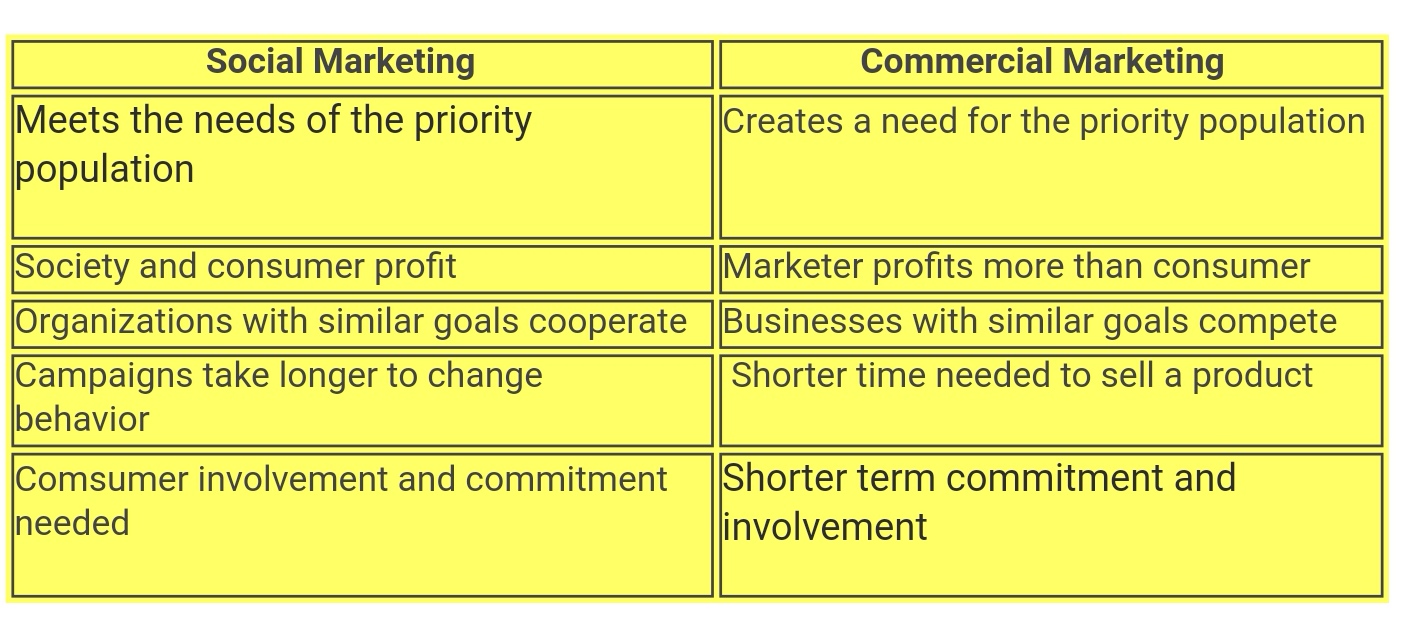
Social marketing
November 18, 2018 0 By business_MHRSocial marketing is the use of marketing theory, skills and practices to achieve social change. It has the primary goal of achieving “social good”. Traditional commercial marketing aims are primarily financial, though they can have positive social affects as well. In the context of public health, social marketing would promote general health, raise awareness and induce changes in behaviour. To see social marketing as only the use of standard commercial marketing practices to achieve non-commercial goals is an oversimplified view.
Social marketing seeks to develop and integrate marketing concepts with other approaches to social change. Social marketing aims to influence behaviors that benefit individuals and communities for the greater social good. The goal is to deliver competition-sensitive and segmented social change programs that are effective, efficient, equitable and sustainable.
Increasingly, social marketing is described as having “two parents.” The “social parent” uses social science and social policy approaches. The “marketing parent” uses commercial and public sector marketing approaches. Recent years have also witnessed a broader focus. Social marketing now goes beyond influencing individual behaviour. It promotes socio-cultural and structural change relevant to social issues. Consequently, social marketing scholars are beginning to advocate for a broader definition of social marketing: “social marketing is the application of marketing principles to enable individual and collective ideas and actions in the pursuit of effective, efficient, equitable, fair and sustained social transformation”. The new emphasis gives equal weight to the effects (efficiency and effectiveness) and the process (equity, fairness and sustainability) of social marketing programs.
Why rely on a social marketing approach?
-
impacts a significant portion of the priority population
-
facilitates active behavior change over a period of time
-
stimulates change with limited resources
-
develops creative ideas
-
community partnerships become assets that compensate for limited funds
-
elevates the voice of the priority population and increases community identification
-
influences policy and promotes positive social change
Social marketing uses a commercial approach but for different outcomes. Below are some of these differences:








